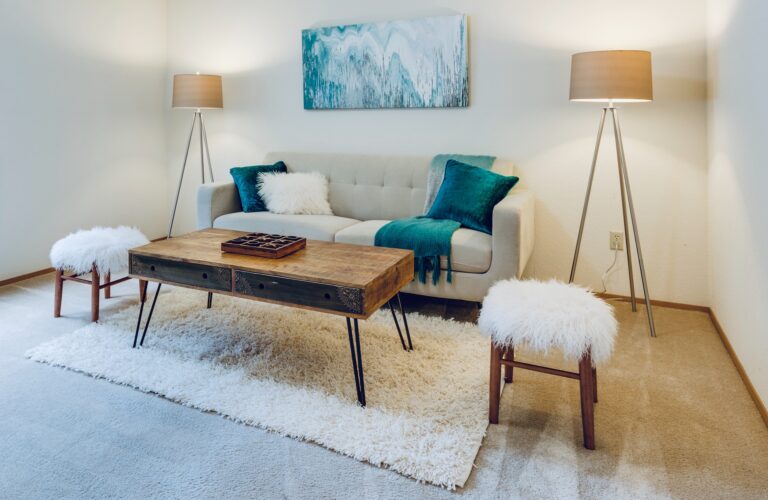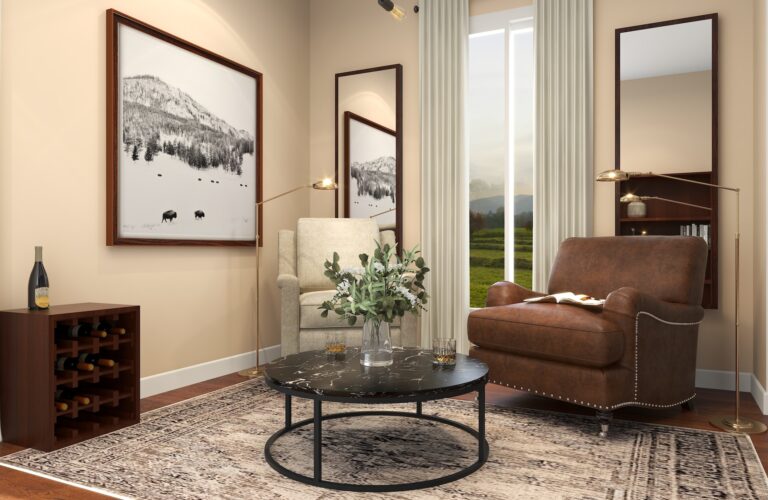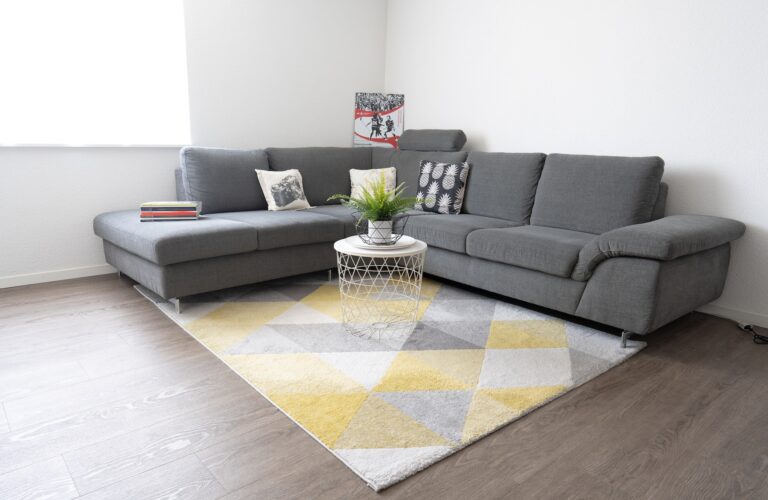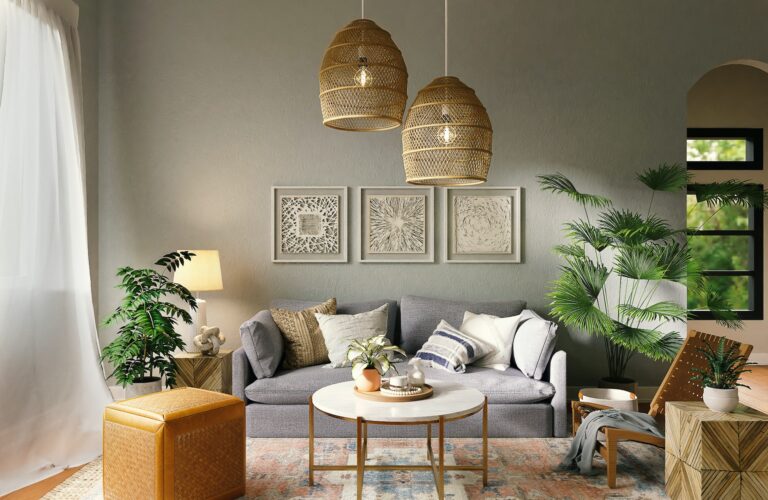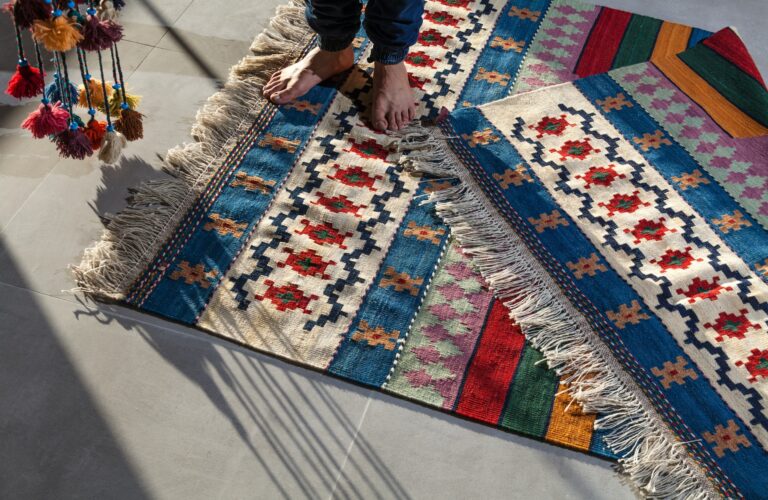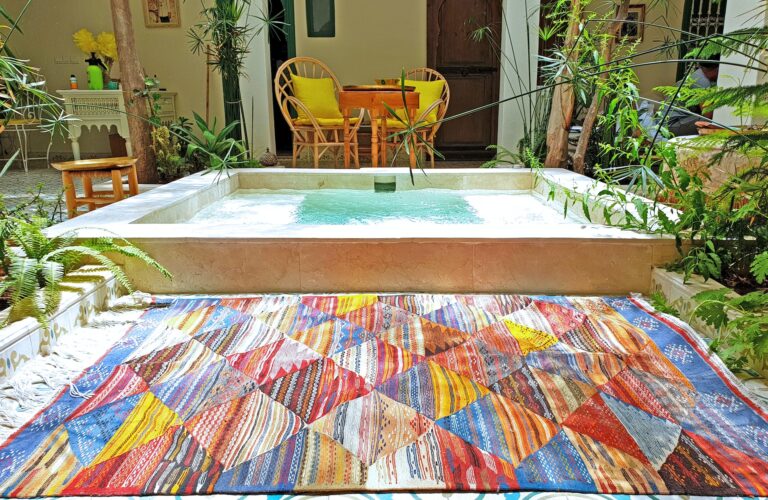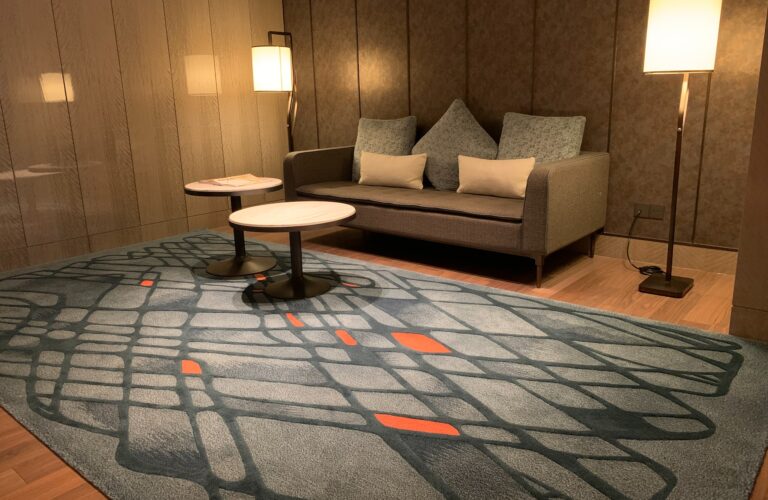When decorating, people will either have a vision of exactly what they want a room to look like, or they will have a general sense of the kind of interior décor they are interested in. In most cases, the best option may be to utilize the services of an interior designer.
One of the key pieces of information for both designers and homeowners, apart from the type of furnishing and color palette to opt for, is knowing about fine area rugs. Armed with information from before, allows one to make informed decisions when purchasing rugs to enhance the home.
The way a rug is created makes all the difference to the over all look, feel, quality and resilience of the rug. Within handmade rugs, there exist two types: Flat weaves and Pile rugs.
Flat Weaves – As the name describes, these rugs are ‘flat’ and do not have a pile. They are woven on a loom using vertical yarns or warp strands (threads tied vertically from top to down) through horizontal yarns or wefts (threads woven from side to side over the warp strands). The design itself is made by changing the colors and width of the weft strands.
Pile Rugs – Rugs of this type are different from flat fabric ones as they have a ‘pile’ and include hand-knotted, hand-tufted, hand-hooked, shag and hand-loomed rugs. Hand-knotted rugs are of the highest quality and most labor-intensive compared to the rest.
Quality Variation; Among hand made rugs, there exist differences in quality:
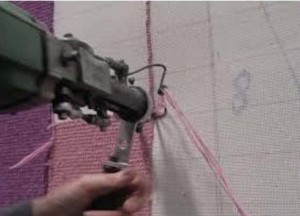
Hand Tufted – Tufted rugs are created using a gun instrument that shoots wool through a canvas material with ‘latex’ glue being applied to hold woolen strands in place. After a backing is put on the hide the glue, the rugs are given a finished look.
This backing is the best way to identify tufted rugs, it looks like a canvas type material and covers the back of the rug.
Since tufted rugs are made without knots they involve far less work than a hand-knotted rug, making even the highest quality tufted rug e produced fairly quickly and inexpensively.
Home Décor Tip: Tufted rugs are best for living rooms, or bedrooms. They do however, shed more than other rugs so will benefit from the frequent vacuuming of the selected room they are placed in.
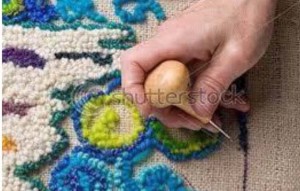
Hand Hooked – The hooking method involves the use of loops (instead of knots) and is similar to tufting. The loops are pulled through the back material of the rug and are not sheared as in the case of tufted rugs. In this way, the loops form an embroidered effect. Hand hooked rugs are considered far inferior in quality to other handmade rugs.
Home Décor Tip: Best for use in family rooms and bedrooms. In case of any damage, you won’t need to worry too much about the repairing cost.
Hand Loomed – These rugs are made on a loom with material shoved together with threads keeping them together. Again, these are much inferior in quality compared to hand knotted rugs.
Home Décor Tip: Place in high-traffic area or spill prone rooms like the kitchen, foyer, or playroom.
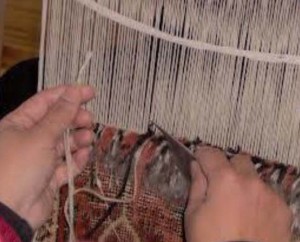
Hand Knotted – Also called Hand-Tied rugs, there is no comparison between the types of weaves described above and that of hand-knotted fine area rugs. These are made by tying millions of knots by hand and are the most labor-intensive rugs. Skilled craftsmen and artisans create these fine area rugs ensuring every handmade rug is an original. These rugs usually last for generations, clean easily, age beautifully, can be repaired if they are damaged, hold their value or appreciate over time, even becoming a family heirloom.
Home Décor Tip: Best to use in formal gathering area, such as a formal living room, or entertaining room. They can also be used as wall hangings for display.
Rugs, specifically hand made rugs, provide functionality, durability and beauty to any home.
* This Alyshaan Fine Rugs blog entry was originally featured on the Designer’s Circle (Blog) site, Feb 1, 2015. It can be found at: http://designerscirclehq.com/rug-construction-knowing-fine-area-rugs/

